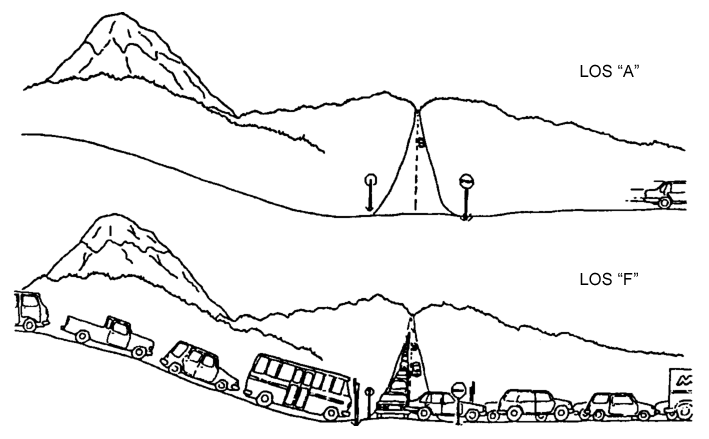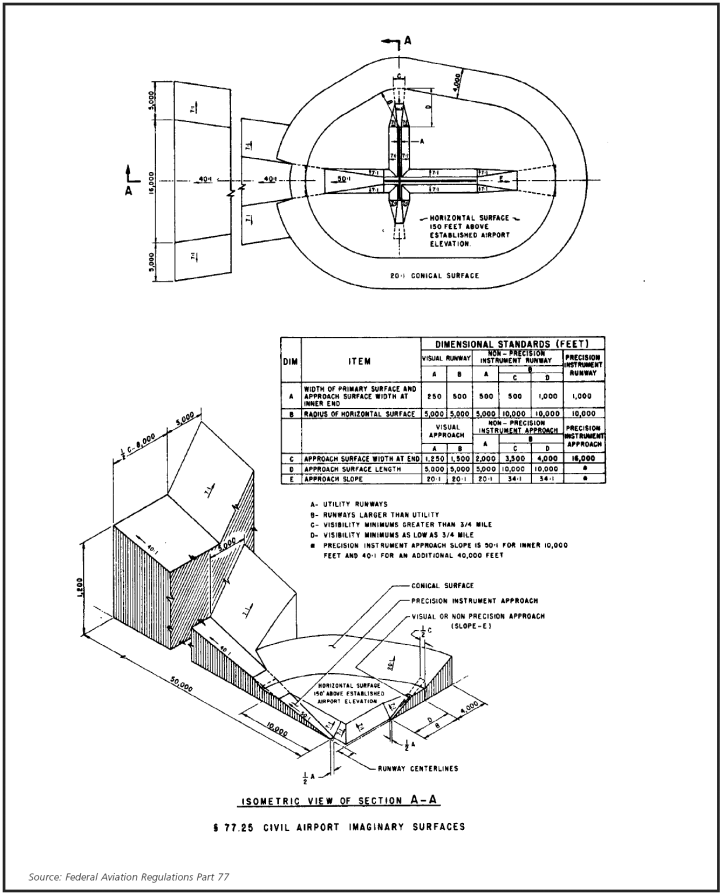31.02.410 Transportation – Background issues.
(1) The transportation system, as defined by the Growth Management Act, is composed of air, water, land transportation facilities and services, including highways and streets, paths, trails, sidewalks, transit, airports, ports, and rail. Our transportation or circulation system should function to serve our mobility of goods and people based on land use patterns. The system should not be improved to strictly serve the single occupant vehicle if we aspire to meet growth demands, with conservative financial expenditures and a sensitivity to the environment. The transportation system should encourage alternative “modes” of transportation and convenient “intermodal” connections from one mode of travel to another.
The County is required to comply with concurrency by developing a concurrency management system for roads and transit routes. According to the Growth Management Act (RCW 36.70A.070), “Local jurisdictions must adopt and enforce ordinances which prohibit development approval if the development causes the level of service on a transportation facility to decline below the standards adopted in the transportation element of the Comprehensive Plan, unless transportation improvement or strategies to accommodate the impacts of development are made concurrent with the development.”
Level of service (LOS) standards are the gauge to measure whether transportation facilities are performing at acceptable levels and a way to identify capacity deficiencies. Please see Table 7 for description of level of service and Figure 31.02.410(A) for a graphic example. When level of service standards are adopted, they are used to gauge whether transportation improvements and strategies required to serve development are in place, or there is a financial commitment to have them in place within six years of development. This is otherwise known as concurrency: having necessary transportation facilities available to serve new development no later than the impacts of the new development.
When it is determined that a transportation facility will be deficient due to future development, there are five ways of complying with concurrency:
(a) Program funding within six years to maintain the facility at performance standard;
(b) Require the developer to bring the facility up to standard;
(c) Adjust land use plans to reduce demand caused by growth;
(d) Deny the individual development permit; or
(e) Implement alternative transportation demand management strategies, such as multimodal enhancements which reduce the demand on the transportation facility.
It is also possible to change the standards through amendment of the Comprehensive Plan. Changing the standards should be considered only within the context of all the policies and goals of the Comprehensive Plan and not be a result of individual hardships.
|
LEVEL OF SERVICE |
DEFINITION |
|---|---|
|
A |
Describes a condition of free flow with low volumes and high speeds. Freedom to select desired speeds and to maneuver within the traffic stream is extremely high. Stopped delay at intersections is minimal. |
|
B |
Represents reasonably unimpeded traffic flow operations at average travel speeds. The ability to maneuver within the traffic stream is only slightly restricted and stopped delays are not bothersome. Drivers are not generally subjected to appreciable tensions. |
|
C |
In the range of stable flow, but speeds and maneuverability are more closely controlled by the higher volumes. The selection of speed is now significantly affected by interactions with others in the traffic stream, and maneuvering within the traffic stream requires substantial vigilance on the part of the user. The general level of comfort and convenience declines noticeably at this level. |
|
D |
Represents high-density, but stable flow. Speed and freedom to maneuver are severely restricted, and the driver or pedestrian experiences a generally poor level of comfort and convenience. Small increases in traffic flow will generally cause operational problems at this level. |
|
E |
Represents operating conditions at or near the maximum capacity level. Freedom to maneuver within the traffic stream is extremely difficult, and it is generally accomplished by forcing a vehicle or pedestrian to “give way” to accommodate such maneuvers. Comfort and convenience levels are extremely poor, and driver or pedestrian frustration is generally high. Operations at this level are usually unstable, because small increases in flow or minor disturbances within the traffic stream will cause breakdowns. |
|
F |
Describes forced or breakdown flow, where volumes are above theoretical capacity. This condition exists wherever the amount of traffic approaching a point exceeds the amount which can traverse the point. Queues form behind such locations, and operations within the queue are characterized by stop-and-go waves which are extremely unstable. Vehicles may progress at reasonable speeds for several hundred feet or more, then be required to stop in a cyclic fashion. |
|
Source: Transportation Research Board, Highway Capacity Manual Special Report 209, Washington, D.C, 1985 |
|
Figure 31.02.410(A).

This chapter addresses transportation goals and policies that prioritize moving people and goods at an acceptable level of service, regionally and locally. The chapter also guides an effective concurrency management system into place that allows growth where transportation facilities exist and takes advantage of travel modes which minimize maintenance costs and eliminate system expansion needs.
(2) The Growth Management Act requires local jurisdictions to designate public use airports as essential public facilities (RCW 36.70A.200). Additionally, local jurisdictions must discourage incompatible land uses adjacent to public use general aviation airports (RCW 36.70A.547). The Washington State Department of Transportation – Aviation Division is charged with providing technical assistance to local governments to develop comprehensive plans and development regulations consistent with these requirements. The intent of the requirements is to protect the safety of people on the ground and in aircraft, the current operations of the airport, and the future viability of the airport.
(3) Title 14, CFR, Part 77 of the Federal Aviation Regulations (FAR) “Objects Affecting Navigable Airspace” (referred to herein as FAR Part 77) establishes standards for determining obstructions in navigable airspace. Part 77 provides horizontal and vertical dimensions for airspace protection surfaces above and around each airport runway. The horizontal size and vertical slope of the airspace protection surfaces are based on the category of the runway. The category of runway is based on the most precise type of approach available or planned for that runway. See Figure 31.02.410(B) for a diagram of airspace protection surfaces.
Figure 31.02.410(B) – FAR Part 77 Diagram
